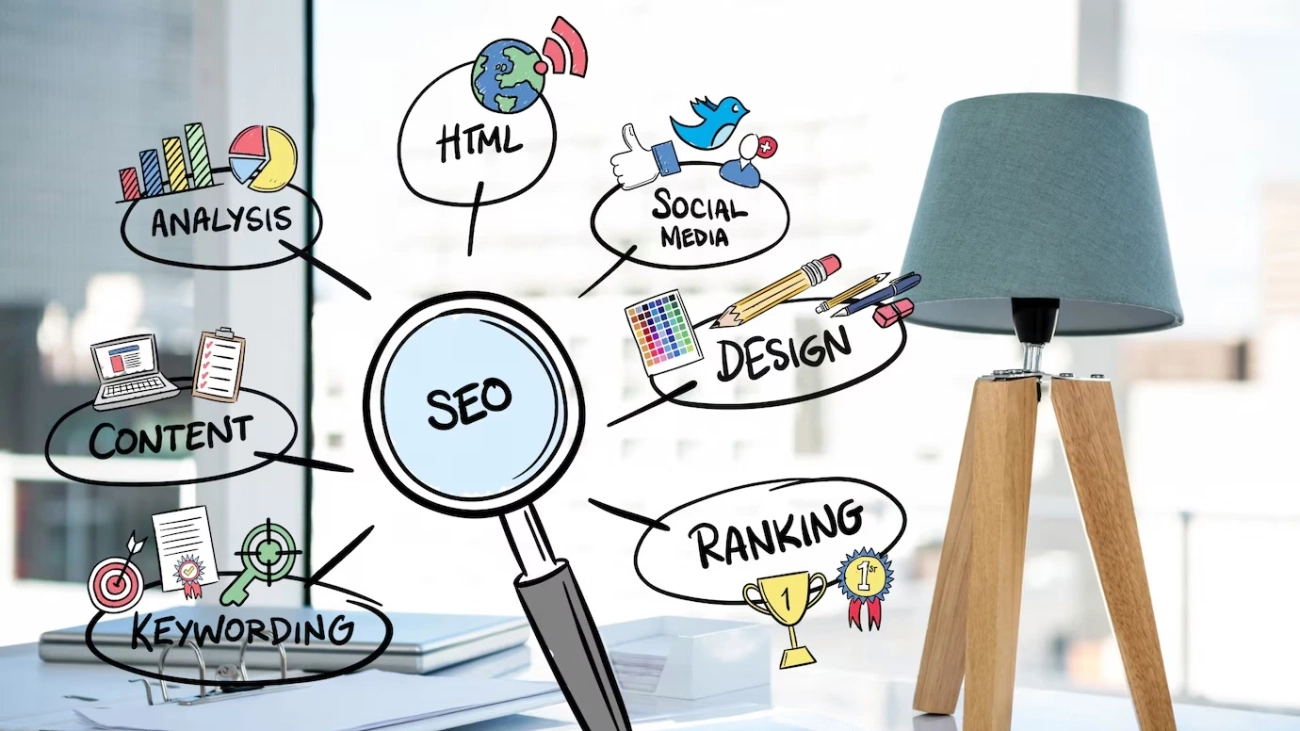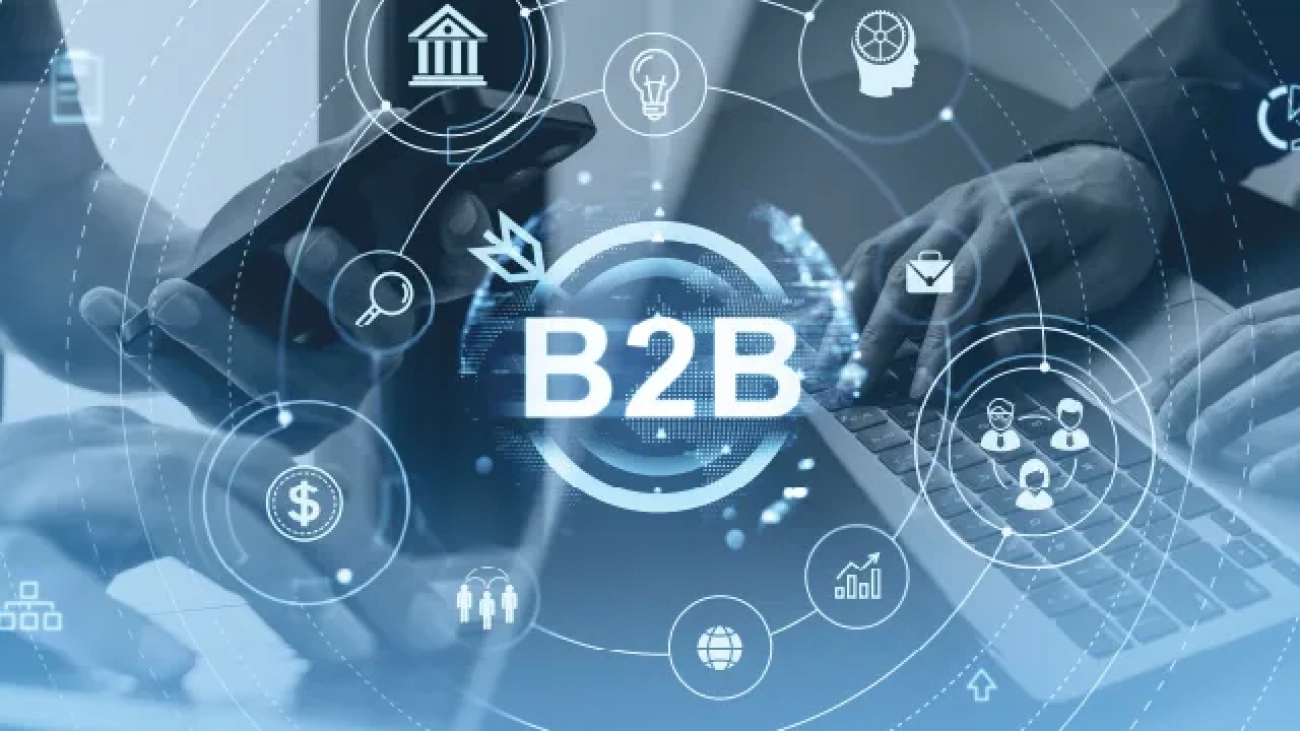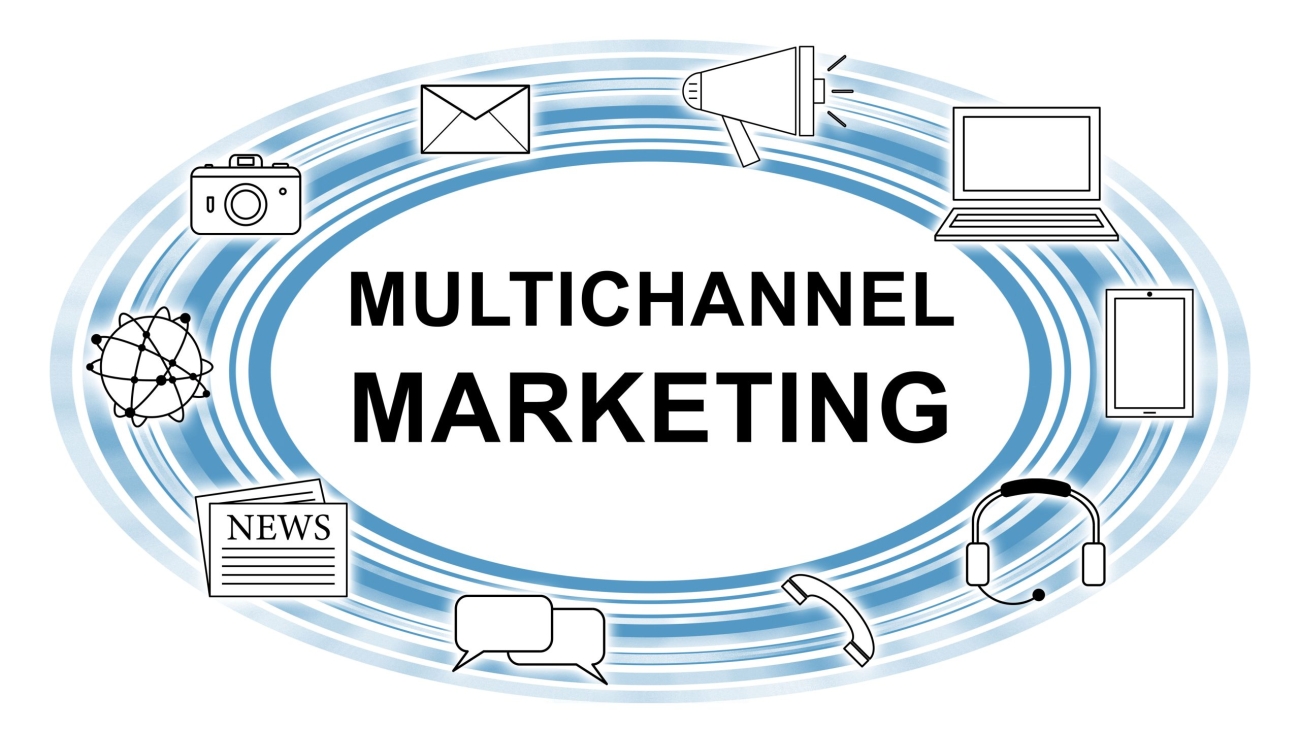The Power Duo—SEO and Thought Leadership
In today’s digital-first landscape, brands no longer compete just on visibility—they compete on credibility. Thought Leadership is the key to positioning yourself as a trusted authority, while SEO ensures your insights reach the right audience. When seamlessly integrated, these strategies propel businesses beyond mere rankings—they establish influence. But how do you strategically merge SEO with Thought Leadership without compromising authenticity?
According to HubSpot’s 2024 State of Marketing Report, 61% of marketers prioritize SEO as their primary inbound strategy—but without strong Thought Leadership, visibility alone doesn’t translate to influence. Meanwhile, 75% of executives say Thought Leadership has led them to discover new business opportunities. The takeaway? A strategic blend of SEO and Thought Leadership isn’t just beneficial—it’s essential.
Also Read: Integrating SEO and PPC Marketing Strategies
Why Thought Leadership Needs SEO (And Vice Versa)
Many professionals focus on Thought Leadership by crafting insightful, industry-shaping content. Yet, without SEO, even the most groundbreaking ideas risk being buried under an avalanche of online noise. Conversely, SEO can drive traffic, but without strong Thought Leadership, it’s just visibility, without influence.
The Intersection: Actionable SEO Strategies for Thought Leadership Content
To effectively integrate SEO and Thought Leadership, consider the following:
Keyword Optimization Without Compromising Authority
Unlike traditional keyword stuffing, Thought Leadership thrives on depth and relevance. Use strategic keywords (like SEO and Thought Leadership) organically within compelling narratives to enhance search rankings while maintaining credibility.
For example, research by Ahrefs shows that 90.63% of webpages get no organic traffic from Google, often due to poor keyword strategy. Businesses must craft well-researched, authoritative content that naturally incorporates SEO best practices.
E-E-A-T: Experience, Expertise, Authority, Trust
Google’s emphasis on E-E-A-T (Experience, Expertise, Authority, and Trust) means that Thought Leadership must be backed by expertise. Ensure your content demonstrates firsthand experience, industry knowledge, and data-backed insights.
A study by Semrush found that websites with high E-E-A-T scores experience a 45% higher engagement rate, reinforcing the importance of authoritative content.
Long-Form Content: The SEO-Authority Advantage
Short-form articles might generate quick wins, but long-form content (like this 800-word blog) provides depth and value, increasing dwell time—a crucial SEO factor. Thought Leadership content should be comprehensive, informative, and thought-provoking.
According to Backlinko, the average first-page search result on Google contains 1,447 words, proving that well-researched, long-form content enhances rankings.
Recent Statistics: The Impact of SEO-Driven Thought Leadership
- In 2024, 90% of B2B buyers experienced longer purchase cycles, increasing the demand for insightful content that supports complex decisions.
- After engaging with compelling Thought Leadership content, 75% of executives have explored products or services they weren’t considering. (Source: Edelman & LinkedIn’s B2B Thought Leadership Impact Report)
- 53% of buyers say Thought Leadership has directly influenced a purchasing decision.
- SEO-driven content remains a top priority, with 61% of B2B marketers citing organic traffic as their primary inbound strategy. (Source: HubSpot’s 2024 State of Marketing Report)
- Mobile page speed optimization increases conversions by 20%, reinforcing the need for SEO best practices.
Midpoint Keyword Placement: How SEO & Thought Leadership Reinforce Each Other
At this stage, let’s reinforce our keywords naturally:
Effective SEO ensures discoverability, but Thought Leadership builds lasting trust. A well-optimized post with Thought Leadership insights can transform search traffic into meaningful audience engagement.
Structuring Your Content for Both Visibility & Influence
- Headlines that balance SEO and Thought Leadership: Use powerful words while integrating SEO best practices.
- Backlinks to authoritative sources: Strengthen Thought Leadership by referencing trusted industry data.
- Conversational yet professional tone: Engage audiences while maintaining credibility.
A study by Moz found that content with structured headings and precise keyword placement improves readability and boosts engagement rates by 37%.
Social Amplification: SEO Beyond Google
SEO isn’t just about search engines but visibility across platforms. LinkedIn, Twitter, and Medium are potent tools for expanding Thought Leadership reach. Optimize posts for search while sparking industry conversations.
According to Sprout Social, LinkedIn posts with strategic keyword integration receive 2x higher engagement, making aligning SEO principles with social visibility essential.
The Role of Interactive & AI-Driven Content
Today, brands can enhance their SEO-driven Thought Leadership strategy through interactive content and AI tools.
- AI-generated summaries can boost accessibility and engagement.
- Polls, quizzes, and interactive reports increase dwell time and user interaction—an essential SEO factor.
- Video content optimized for SEO (with captions, transcripts, and keyword-rich descriptions) improves rankings on platforms like YouTube.
Strengthen Your Influence with SEO-Optimized Thought Leadership
Ultimately, brands that prioritize SEO and Thought Leadership together see amplified impact. It’s not just about ranking higher—it’s about leading conversations that matter. By crafting authoritative, keyword-rich content that educates and inspires, businesses can position themselves at the forefront of their industries.
A study by Edelman found that over 80% of decision-makers prefer Thought Leadership content that provides original insights rather than promotional messaging. This highlights the importance of creating value-driven, SEO-friendly content that resonates with audiences.










